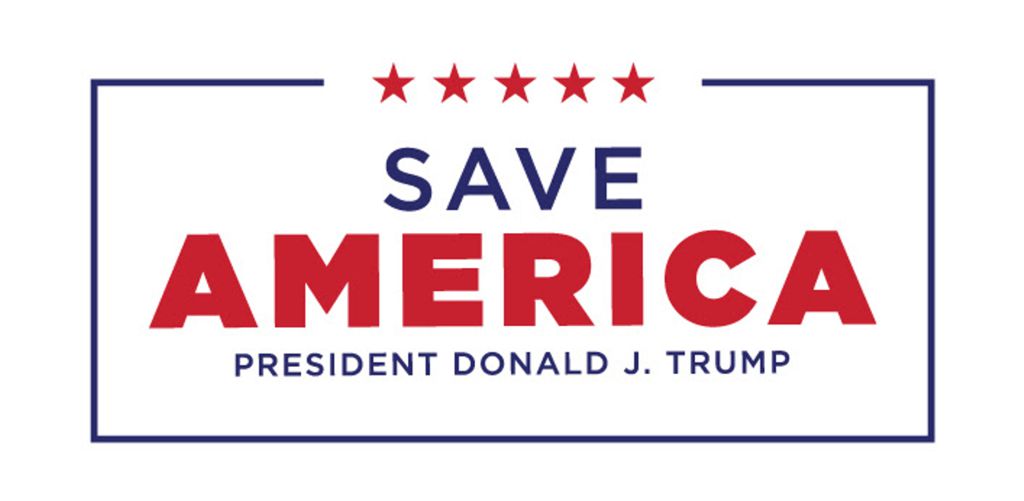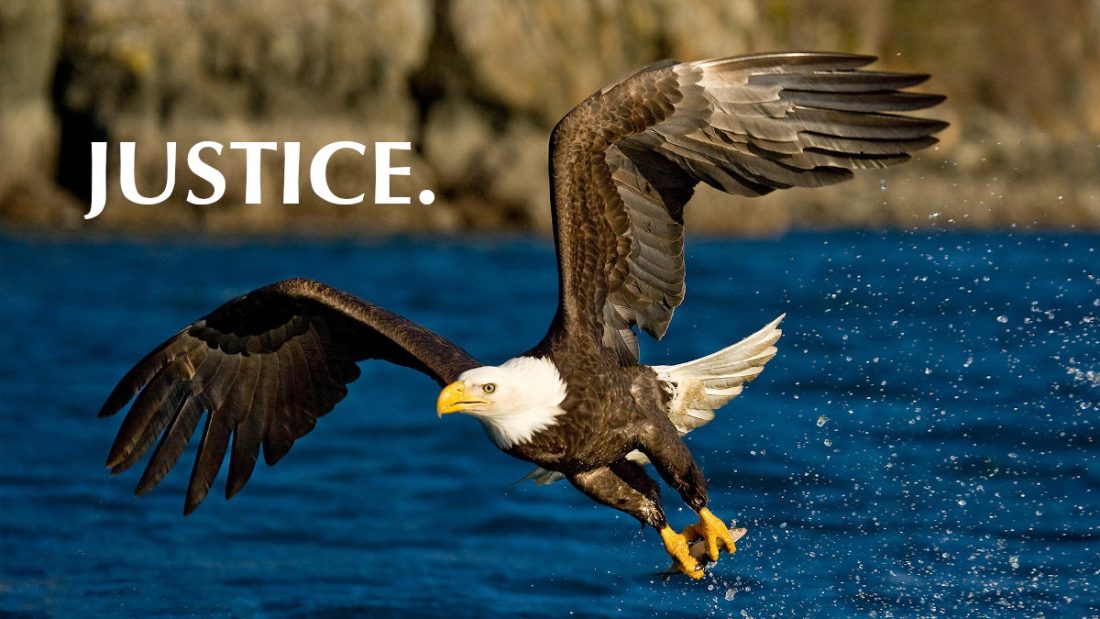Yep. Here’s what Murkowski’s challenger has to say:
“It will be a great honor to welcome President Trump to Alaska for what will be the greatest attended political event in our state’s history. When President Trump endorsed me last summer, we planned this incredible rally, and now it’s just weeks away. With the backing of President Trump and the Republican Party of Alaska, our campaign is reaching new heights as we work toward victory in November.
“Alaskans know that President Trump’s policies were the best for us, from promoting our energy jobs, to opening up our resource industries, to securing our nation’s southern border, to keeping inflation and fuel prices low. With the disastrous Biden administration attacking Alaska seemingly daily, Alaskans miss President Trump all the more and can’t wait for the rally!
“Incumbent Senator Lisa Murkowski, on the other hand, cast an inexplicable vote to remove President Trump from office after he was already gone. Murkowski has proven that she can’t be trusted by anyone, since she’s the 21-year D.C. insider who has enabled the Biden policies that are crushing Alaskans while simultaneously complaining about them. Democrat Pat Chesbro, meanwhile, is at least transparent in supporting the leftist policies Alaska rejected when it voted for President Trump by double digit majorities in both 2016 and 2020.
“When I’m the next senator from Alaska, I will always put Alaska first and stand for America First values.”
Former Alaska Governor Sarah Palin is running for the Congressional Seat in Alaska. Both will be speaking before President Trump.
About Anchorage:
Archaeological evidence discovered at Beluga Point just south of Anchorage proper, along the Turnagain Arm, suggests that habitation of the Cook Inlet began 5,000 years ago by a tribe of Alutiiq Eskimos that arrived by kayak. As this population moved on, they were followed by a second wave of Alutiiq occupation beginning roughly 4,000 years ago, followed by a third wave around 2,000 years ago. Around 500 AD the Chugach Alutiiq were displaced by the arrival of Dena’ina Athabaskans, who entered through the mountain passes. The Dena’ina had no fixed settlements, migrating throughout the area with the seasonal changes, fishing along coastal streams and rivers in the summer, hunting moose, mountain goats, and Dall sheep in early fall, and picking berries in late fall. They tended to winter near trading junctions along common travel routes, where they traded with other Dena’ina and Ahtna tribes from nearby areas.[19]
Captain James Cook was among the first European explorers to map the Alaskan coastline, and many of the geographical features (mountains, islands, rivers, waterways, etc.) still bear the names he gave them. Cook was searching for the fabled Northwest Passage, a route that would provide a shorter means of reaching the Pacific from Europe than sailing east around Asia or south around South America. On May 15, 1778, after enduring weeks of hard weather, Cook turned into an inlet between two landmarks he called Cape Douglas and Mount St. Augustine. He anchored his ship, HMS Resolution, at a place he called “Anchor Point” (later named “Anchorage” as another Anchor Point existed to the south near Homer, Alaska), near a creek he dubbed “Ship Creek” nestled between two large arms (waterways). Cook spent ten days exploring the inlet named after him. He first sent William Bligh to scout the north arm, where he met with the Dena’ina Natives of the Eklutna area, who told him the name of the Knik Arm and that it was not the Northwest Passage, but rather an outlet for two rivers (the Knik and Matanuska Rivers). Cook then sailed south to scout the other arm, and in a bad mood after running the Resolution aground on a sandbar on his way back out of the shallow waters, called it “River Turnagain”, having found no sign of the passage there either.[20]
In the 19th century, Russian presence in south-central Alaska was well-established. The Russians placed trading posts along Cook Inlet, such as the Shelikhov-Golikov Company‘s post at Niteh on the Palmer Flats (between the Knik and Matanuska Rivers), which in turn created small agricultural communities in Ninilchik, Seldovia, and Eklutna. The Russians also introduced diseases such as smallpox that had devastating effects on the local Native population, which plummeted by half just 10 years after the first census.[21]
In 1867, U.S. Secretary of State William H. Seward brokered a deal to purchase Alaska from Imperial Russia for $7.2 million, or about two cents an acre ($112.6 million in 2020 dollars).[22] His political rivals lampooned the deal as “Seward’s folly“, “Seward’s icebox” and “Walrussia”. In 1888, gold was discovered along Turnagain Arm just south of modern-day Anchorage, leading to a new influx of prospectors, and small towns such as Spenard, Hope, Rainbow, Bird, Indian, and Girdwood began to spring up.
Alaska became an organized incorporated United States territory in 1912. Anchorage, unlike every other large town in Alaska south of the Brooks Range, was neither a fishing nor mining camp. The area surrounding Anchorage lacks significant economic metal minerals. A number of Dena’ina settlements existed along Knik Arm for years. By 1911 the families of J. D. “Bud” Whitney and Jim St. Clair lived at the mouth of Ship Creek and were joined there by a young forest ranger, Jack Brown, and his bride, Nellie, in 1912.[23]
The city grew from its happenstance choice as a site for railroad construction to begin in 1914. The waters near Ship Creek were deep enough for barges and small ships to dock, and under the direction of Frederick Mears, it became a railroad-construction port for the Alaska Engineering Commission. The area near the mouth of Ship Creek, where the railroad headquarters was, quickly became a tent city. Anchorage formed at a time when proponents of Prohibition were gaining traction, and as part of an effort to stem the flow of the alcohol trade, at the direction of President Woodrow Wilson and with the symmetry of the US Army, a town site was mapped out on higher ground to the south of the tent city, with the condition that a person’s land could be repossessed if caught breaking the alcohol laws.[24] Anchorage has been noted in the years since for its order and rigidity compared with other Alaska town sites.[25] In 1915, territorial governor John Franklin Alexander Strong encouraged residents to change the city’s name to one that had “more significance and local associations”.[26] In the summer of that year, residents held a vote to change the city’s name; a plurality favored the name “Alaska City”,[26] but the territorial government ultimately declined to change the city’s name.[26] Anchorage was incorporated on November 23, 1920.[25]
Construction of the Alaska Railroad continued until its completion in 1923. The city’s economy in the 1920s and 1930s centered on the railroad. Colonel Otto F. Ohlson, the Swedish-born general manager of the railroad for nearly two decades, became a symbol of residents’ contempt due to the firm control he maintained over the railroad’s affairs, which by extension became control over economic and other aspects of life in Alaska.
Really, Alaska is a beautiful state.

About Save America
Over the past four years, President Donald Trump’s administration delivered for Americans of all backgrounds like never before. Save America is about building on those accomplishments, supporting the brave conservatives who will define the future of the America First Movement, the future of our party, and the future of our beloved country. Save America is also about ensuring that we always keep America First, in our foreign and domestic policy. We take pride in our country, we teach the truth about our history, we celebrate our rich heritage and national traditions, and of course, we respect our great American Flag.
- We are committed to defending innocent life and to upholding the Judeo-Christian values of our founding.
- We believe in the promise of the Declaration of Independence, that we are all made EQUAL by our Creator, and that must all be TREATED equal under the law.
- We know that our rights do not come from government, they come from God, and no earthly force can ever take those rights away. That includes the right to religious liberty and the right to Keep and Bear Arms.
- We believe in rebuilding our previously depleted military and ending the endless wars our failed politicians of the past got us into for decades.
- We embrace free thought, we welcome robust debate, and we are not afraid to stand up to the oppressive dictates of political correctness.
- We know that the rule of law is the ultimate safeguard of our freedoms, and we affirm that the Constitution means exactly what it says AS WRITTEN.
- We support fair trade, low taxes, and fewer job-killing regulations, and we know that America must always have the most powerful military on the face of the Earth.
- We believe in Law and Order, and we believe that the men and women of law enforcement are HEROES who deserve our absolute support.
- We believe in FREE SPEECH and Fair Elections. We must ensure fair, honest, transparent, and secure elections going forward – where every LEGAL VOTE counts.


